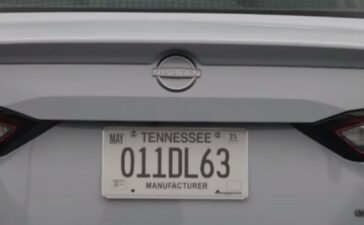Jeeps have always been known for their toughness and durability, but like any vehicle, they can experience occasional hiccups and issues that trigger the Jeep check engine light.
One of the most common issues that Jeep owners encounter is the Jeep check engine light coming on, a stressful situation that might require immediate action.
Knowing how different the causes of light on your car might be, it seems essential to take the Jeep check engine light seriously and address the underlying issue on time, before they result in more issues.
Ignoring this light could lead to more severe problems down the road such as low fuel efficiency, engine damage, or even a breakdown, all of which can be confusing or harder to deal with.
Therefore, it’s always best to have your Jeep checked by a qualified mechanic as soon as possible when the Jeep check engine light comes on.
By doing so, you can ensure that your Jeep remains reliable and efficient, allowing you to enjoy your off-road adventures without any surprises. So keep reading to find out everything about the Jeep check engine light.
You might also enjoy: Everything You Need to Know About Mazda Check Engine Light
The significance of the Jeep check engine light
The Jeep check engine light might be underestimated sometimes, but it is an essential component of modern vehicles.
This light is a small but critical component of your vehicle’s onboard diagnostics system, and it carries significant weight and responsibilities.
When the engine light is triggered, it tells the driver that something requires attention within the intricate machinery of your Jeep.
This check engine light can be representative of a range of issues, varying from something as simple and insignificant as a loose gas cap or a sensor malfunction, or it could be an indication of a more critical issue such as a malfunctioning oxygen sensor, a misfiring engine, or a damaged catalytic converter.
This essential component of the vehicle’s onboard diagnostics (OBD) system is the car’s way of communicating with you and alerting you of potential issues that might be brewing under the hood.
The Jeep check engine light is not just another light on the dashboard.
The importance of this indicator cannot be overstated.
A proactive measure, the Jeep light is designed to stop minor issues from growing into major, costly repairs.
Therefore, if you postpone the maintenance and repair of your car and ignore the Jeep light, you risk decreased performance, more fuel consumption, and even permanent impairment of the vehicle’s engine and other critical systems.
In essence, the shiny yellow light monitors the health of the vehicle, guaranteeing that all systems are working optimally.
You might also enjoy: Why Is The Check Engine Light Flashing When Accelerating?
The myths surrounding the Jeep check engine light
There are common misconceptions about the Jeep check engine light that have developed over the years.
Some people are under the impression that car manufacturers made up the whole idea of this engine light to push unnecessary services and replacements on drivers.
Some Jeep owners assume that ignoring the light if the car ‘feels’ fine and is still operating is okay and will cause no further issues.
Another common myth is that only indicates minor and insignificant issues and it is not necessary to pay attention to that.
Although these beliefs are widely spread, they are completely untrue.
Their only service to the Jeep owners is distracting them from reality, encouraging stalling, and as an outcome, creating bigger issues.
Advanced vehicle diagnostics is manifested through the Jeep check engine light and this system helps the driver keep track of the issues that need addressing.
The OBD system works hard to keep up with any problems or issues that happen while the engine is operating and if the ECU finds an error, it communicates via the indicators.
When the Jeep engine light illuminates, it is because of an unexpected change of data and should never be ignored or postponed without proper examination and inspection.
What is the Jeep check engine light?
This light is a sentinel over your car’s health and performance.
This general alert guarantees that every system in your car is controlled and monitored and works perfectly to keep the engine running smoothly and avoid any troubles or harm.
When the check engine light turns on, it signals a deviation from the usual and optimal performance.
The vehicle’s onboard diagnostic system is responsible for detecting such issues and identifying them.
This deviation varies from minor glitches like a loose gas cap to significant concerns like transmission problems.
The Jeep check engine light does not identify the exact problem and cannot specify it.
So you are not able to find out what is wrong with the vehicle by simply looking at the check engine light. But this indicator is a warning that something needs attention.
This light is a call to action, advising the driver to inspect the troubled systems personally or by consulting a professional mechanic the only important and certain point is that it should never be left unattended.
You might also enjoy: What to Do When The BMW Check Engine Light Comes On?
Different meanings of Jeep check engine light
While the essence of the Jeep check engine light is always the same, it can alert you of different types of issues.
If it is illuminated steadily, the indicator suggests a non-urgent issue that needs to be addressed soon, or else it can harm the engine.
But a flashing engine light indicates a more immediate concern.
If your engine light starts flashing while driving, you need to pull over as soon as it is safe to do so and turn the engine off.
A flashing check engine light has to be addressed immediately or it can harm the vehicle’s engine very soon, and the damage can cost you a lot.
Common triggers for the Jeep check engine light
Numerous problems can cause this issue to come on. Some of the most common triggers include:
- Mass airflow (MAF) Sensor: This sensor is in charge of measuring the amount of air that enters the Jeep engine. If the MAF sensor breaks down, it can result in an imbalanced air-fuel mixture and trigger the light to prevent further damage.
- Oxygen Sensor: A defective oxygen sensor results in lower fuel efficiency and increased emissions, which affects the engine performance in a bad way and should be addressed quickly.
- Spark Plugs and Ignition Coils: Damaged, worn-out spark plugs or failing ignition coils can cause a misfiring engine. The check engine light might be triggered to inform you of engine misfires. This is why you have to pay attention to the check engine light.
- Catalytic Converter: Reduced fuel efficiency and increased emissions are a sign of a faulty catalytic converter. Replacing the converter might be necessary.
- Loose Gas Cap: A loose gas cap is a very common issue that can activate the engine light, but it is also often overlooked, causing a lot of anxiety and trouble for the vehicle’s owner. A loose or damaged gas cap can cause fuel vapors to leak out, reduce engine performance, and harm the environment.
But if your Jeep engine light is on, these triggers are only some common reasons why it might have happened.
There are more reasons and causes for this situation that you should note and inspect.
Let’s get to know them and find out the possible solutions in detail.
Top 10 causes for Jeep check engine light illumination and their solutions
1- The gas cap and Jeep check engine light
Cause: A loose, missing, or damaged gas cap affects the pressure within the fuel system, allowing the fuel vapors to release into the atmosphere, and can trigger the light because of the troubles it might cause.
Solution: Inspect the gas cap carefully. Fasten and tighten the fuel cap properly and make sure it is not loose. Look for any signs of damage or wear and if you spot any, replace the gas cap immediately.
2- Oxygen sensor failing
Cause: All modern cars are equipped with O2 sensors that measure the oxygen levels in the vehicle’s exhaust. The oxygen sensor’s job is to ensure optimal fuel combustion and a failing O2 sensor leads to poor fuel economy and increased emission.
Solution: Pay attention to your Jeep’s maintenance schedule and replace the O2 sensor as regularly as recommended. Replacing a faulty oxygen sensor can turn the engine light off if the vehicle is diagnosed accurately.
3- Spark plugs and wiring impact on Jeep check engine light
Cause: Everything needed to ignite the air-flow mixture within the Jeep’s engine forms the ignition system. Worn ignition coils, spark plugs, and wires can trigger the check engine light.
Spark plugs and wires play a crucial role in the ignition process of the air-fuel mixture in your Jeep’s engine. There is no doubt that such an operation causes harm and wear over time, leading to these components becoming worn out and damaged.
A reduction in performance and inefficient combustion are common consequences of worn-out spark plugs and wires.
The mentioned inefficient combustion can cause many issues. Some of them are low fuel economy, power loss, and engine misfires.
Therefore, it is vital to check your car’s spark plugs and wires regularly and replace any worn-out spark plugs and wires to make sure that your engine has the ideal performance and that potential damages are avoided. Therefore, your Jeep MIL alerts you once such issues take place in your car.
If the spark plugs are faulty, they will not allow your Jeep’s engine to start correctly. They will also cause it to shut off suddenly and this condition can cause engine misfires.
Solution: Are you experiencing performance issues? Make sure you check your vehicle regularly. If at any point during your regular inspections, you come across damaged and worn-out spark plugs and wires,
Regularly inspect and replace spark plugs and wires, especially if you notice performance issues. The spark plugs should be replaced once in a while for the best performance.
You might also enjoy: Flashing Check Engine Light Then Stops: Causes and Fixes
4- Bad catalytic converter
Cause: The catalytic converter is a component in charge of converting harmful emissions into substances that are less harmful to the environment.
A faulty catalytic converter can result in increased emissions and reduced performance.
Therefore the Jeep check engine light is triggered whenever there is a problem with the catalytic converter.
Solution: Keep checking your vehicle regularly to detect and address issues early.
Regular maintenance can help you save a lot of time and money due to the high costs of catalytic converter replacement.
If the converter is malfunctioning, replace the faulty converter immediately.
5- Leaks in the vacuum system of Jeep
Cause: Various jobs are taken care of by the vacuum system.
Functions like routing evaporating gas fumes back to the engine. In case of any leak, the engine performance is affected.
If your vehicle’s ECU detects any vacuum leaks in the system, it triggers the light to warn you of the consequences.
Solution: Inspect hoses and connections regularly and promptly to find issues and leaks and if you find any damaged or old components, replace them.
This is the solution if your engine light is triggered due to vacuum leaks.
6- Mass airflow sensor
Cause: Measuring incoming air is the main job of the mass airflow sensor. This component’s function determines the optimal fuel mix for optimal performance.
A breakdown within the mass airflow system can disturb engine performance.
To avoid further damage, the Jeep engine light illuminates to tell you there is something wrong. By addressing the issues properly, you can avoid the major issues.
Solution: The best way to avoid an engine light caused by a mass airflow sensor is regular check-ups and cleaning the sensor if needed. Replace the mass airflow sensor if performance issues are consistent.
7- Poorly installed accessories
Cause: Issues with the aftermarket items can interfere with the vehicle’s electrical system. If you do not install the vehicle accessories professionally, the electrical system of the Jeep is at risk of being disrupted.
Solution: Be positive that the aftermarket items are installed professionally and accurately and look for potential conflicts or issues. Jeep check engine light’s illumination might be a result of this sort of issue.
8- Issues with the battery
Cause: A weak, low, or dead battery can disrupt several vehicle systems. If your vehicle’s battery is problematic, it can lead to the illumination of the engine light, causing a lot of worry and anxiety.
Solution: Checking the Jeep battery’s health regularly can prevent any unexpected battery failures. Replace your vehicle’s battery when nearing the end of its lifespan.
You might also enjoy: Chevy 2500 Bolt Pattern: Ultimate Guide [2023]
9- Emission control system
Cause: Modern vehicles are equipped with a lot of emission equipment onboard, such as the exhaust gas recirculation system, the evaporative emissions system, and the catalytic converter. The tailpipe emissions are kept to a minimum by these components. They also ensure proper fuel economy.
Disproportionate pollutants sensed in the emissions control system can turn on the Jeep check engine light.
Solution: Your Jeep’s emissions system needs periodic servicing.
Replace any faulty components if you hate to see that light while driving.
10- Problems with the transmission
Cause: Issues regarding the transmission system can influence the performance and trigger the Jeep light.
The Jeep engine power is manipulated by its transmission. The engine power is transferred to the drive wheels by the transmission system and any problems regarding this system lead to poor fuel efficiency.
That is why the control module activates the Jeep check engine light as it detects issues within the transmission system.
Solution: Replace the essential fluids on time and perform consistent transmission inspections. By immediately addressing any issues you can successfully prevent further damage to the Jeep vehicle’s engine.
Jeep check engine light symptoms
An activated check engine light indicates many potential problems.
You notice a lit check engine light on your dashboard and you cannot tell if the catalytic converter needs a replacement, or if the fuel cap is loose.
But does it mean that you cannot diagnose the car yourself? No. you can make some assumptions and for a positive diagnosis, seeking professional help is always the best.
When the engine light is on, there are explicit signs and indications that you might observe, which can guide you about the possible underlying fundamental issue.
Some of these signs are listed below:
-
The jeep check engine light is always on
We start off with the most obvious symptom. It tells us that the onboard diagnostic (OBD) system has spotted a problem, and it needs addressing.
-
Bumpy engine
The engine might have an irregular rhythm once the engine light is activated, which can be a possible sign of misfires or other similar issues.
-
Deficiency in engine power
Reduced acceleration demonstrates a probable concern with the engine or the transmission that needs to be addressed appropriately or it can cause other issues.
Low engine power causes anxiety for the driver so if your Jeep engine light is on and you are experiencing this condition, consider asking for professional help.
-
Poor throttle response:
If you notice longer delays between pressing the accelerator and the vehicle moving than usual, have the vehicle checked.
-
Strange engine noises start to be noticed
Unfamiliar noises coming out of the engine section are never a good sign. If you start hearing unusual and infrequent noises, do not wait for the Jeep check engine light to come on.
Take your vehicle to a skilled and experienced mechanic and ask for their opinion.
You might also enjoy: Why Did My Traction Control And Check Engine Light Come On?
-
Smoke coming out from the Jeep’s exhaust
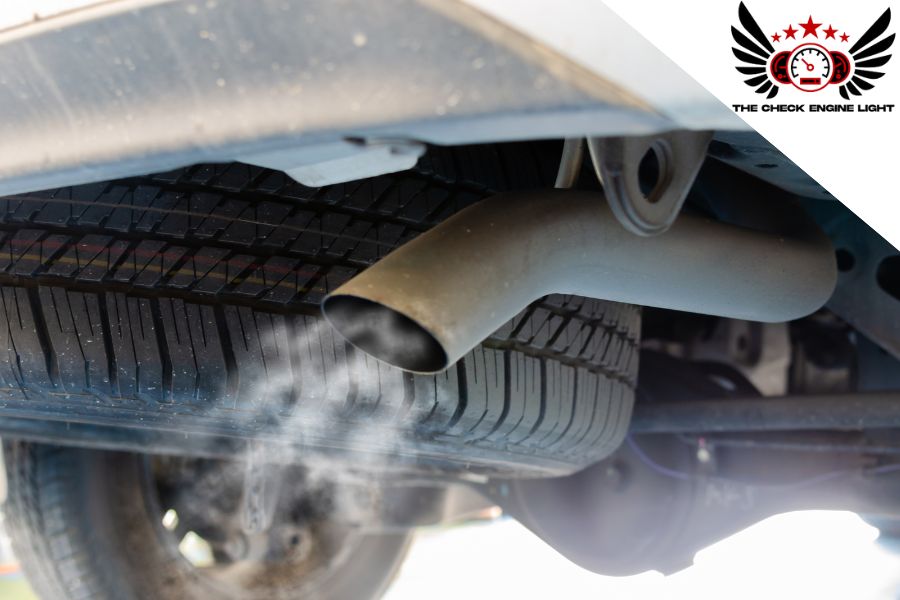
-
Jeep engine overheating
If your Jeep engine temperature is more than the normal range, it is a clear sign of an underlying problem. Overheating can be both a sign and a result, and it is never good.
High temperatures and heat can damage the engine very easily.
Resetting the Jeep check engine light step-by-step
Now that you have diagnosed your Jeep check engine light and addressed the existing issues well, you need to reset the light.
Resetting the check engine light can also be a good idea if you suspect the indicator’s illumination is a false alarm.
Just keep in mind that resetting it is not going to fix anything.
The check engine light will be triggered and activated again if the fundamental issues have not been addressed yet.
So unless you are sure about the false alarm, do not waste your time resetting the indicator if there is still an issue.
There are several steps one needs to take for resetting the check engine light. Here is how:
-
Get an OBD-II scanner
The OBD reader is a very useful tool for mechanics and car owners. This scanner will let you connect with your Jeep’s onboard diagnostic system and find out many things about your car’s problems.
-
Connect the scanner
To use this tool, you need to find the OBD-II port that is normally located under the dashboard on the driver’s side and plug in the scanner.
-
Turn on the ignition
The vehicle should not be started so turn it off and keep it that way until the end of this procedure.
-
Read the codes
Select ‘Read Codes’ or ‘Read Fault Codes’ on your OBD scanner to extract the error codes that your Jeep ECU has stored.
By interpreting these codes, you can diagnose the issues that triggered the engine light.
-
Address the issues
Address the issues as the trouble codes appear on the scanner’s screen. Fixing and taking care of the issues properly is the key to resetting the Jeep check engine light and making sure it does not come on again.
After you are done taking care of the issues, go back to the main menu of the OBD scanner and select ‘Clear Fault Codes’. This should turn the light off.
Takeaway
An indicator of the onboard diagnostics (OBD) system is called the check engine light.
The Jeep check engine light is very important for maintaining your Jeep’s health and avoiding greater problems that cost a lot more to compensate for.
While the illumination of the check engine light can be disturbing and unsettling, recognizing the underlying factors and solutions can enable you to address issues on time, ensuring your Jeep stays in optimal condition for a long time.
Let me know if you have any questions in the comments and don’t forget that you can always contact Jeep’s official website to get more help and support.
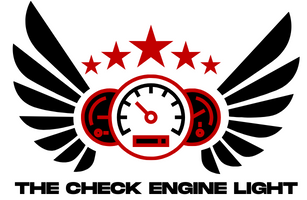


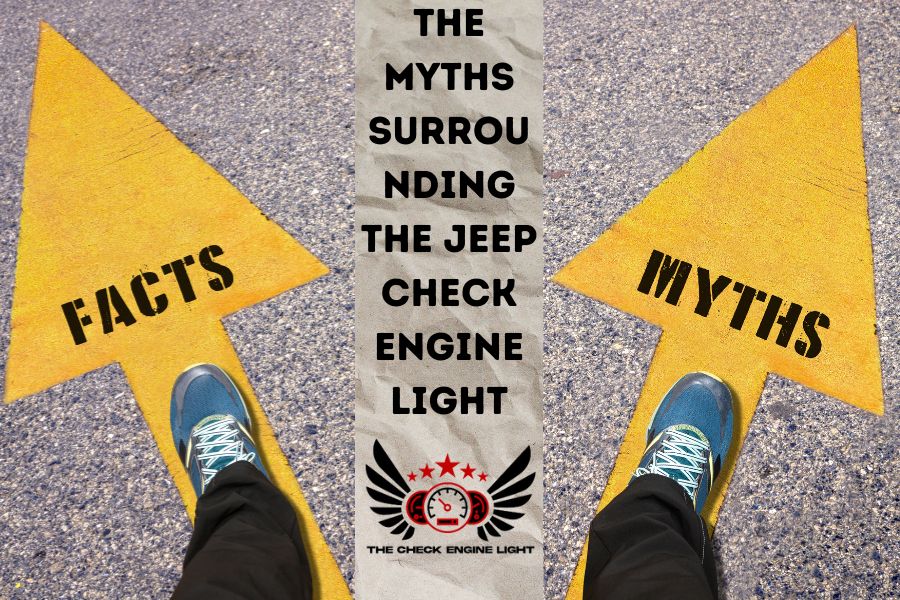
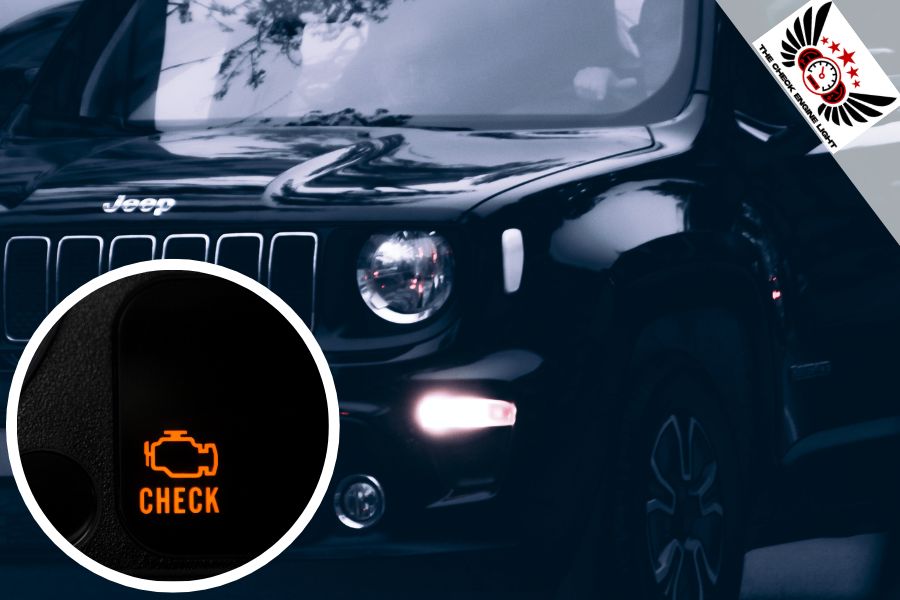
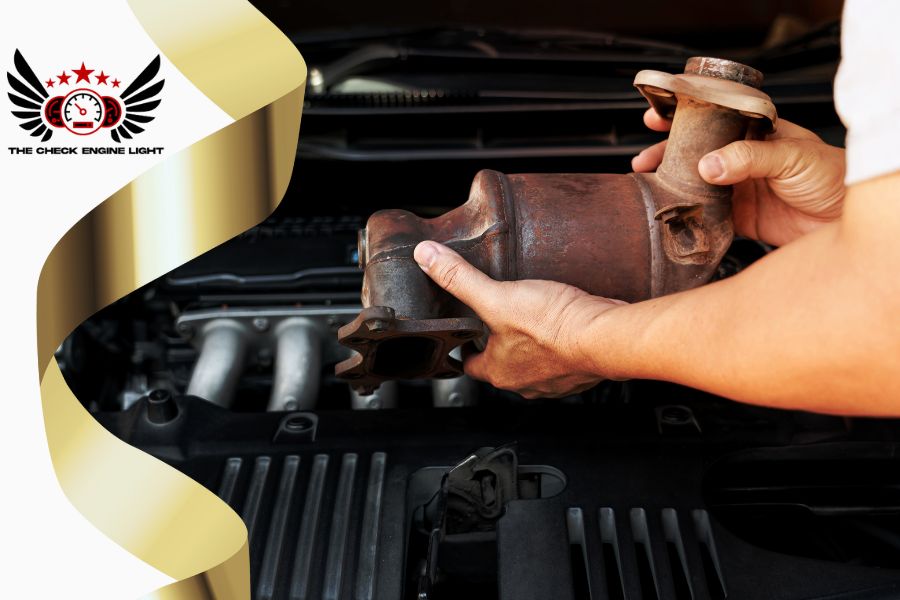
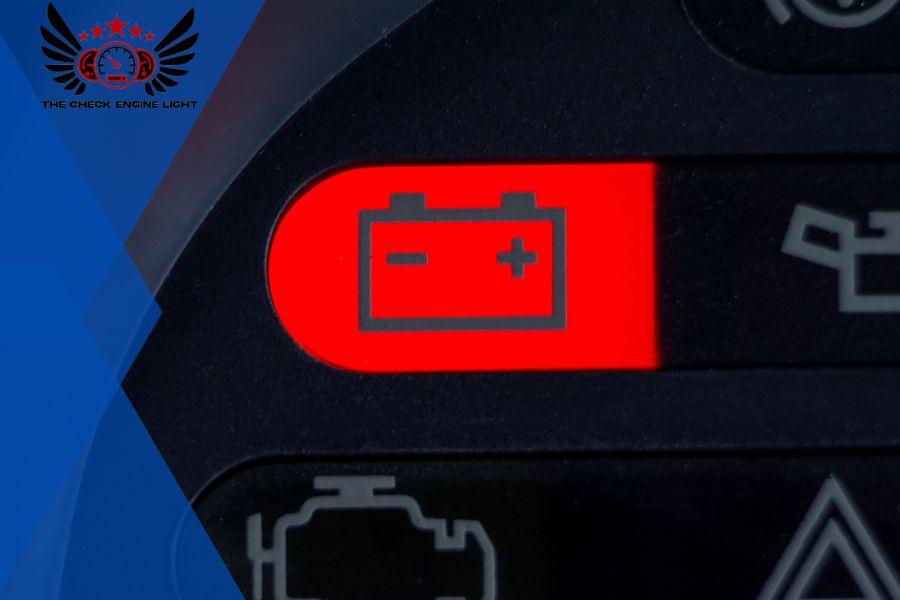
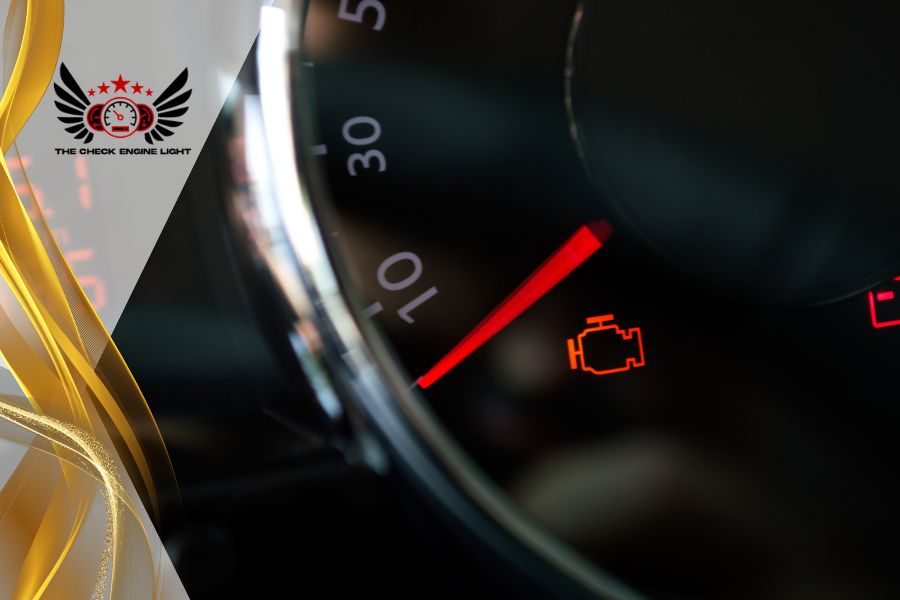
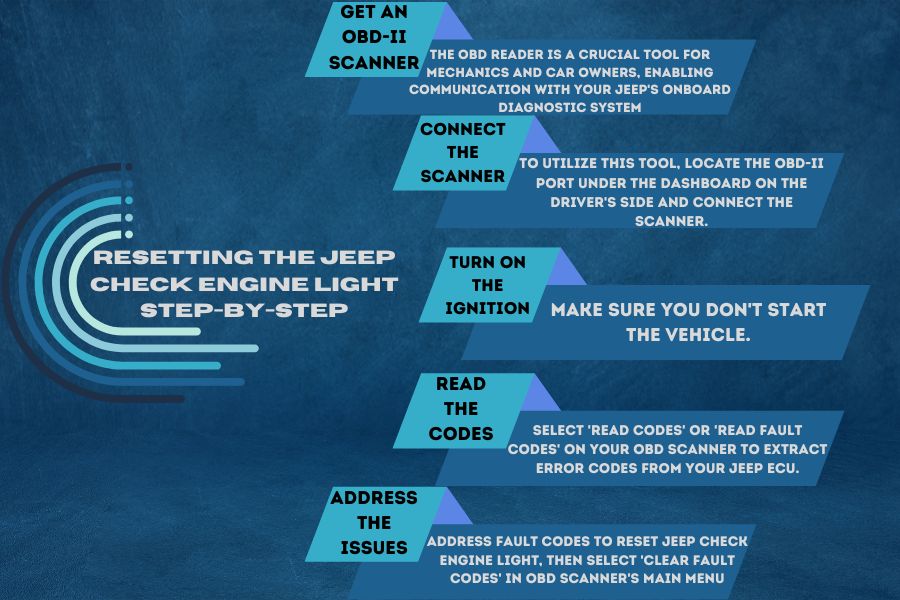
![an pic for Code p0420 Check Engine Light Fully Explained [2024]](https://thecheckenginelight.com/wp-content/uploads/2024/02/Code-p0420-Check-Engine-Light-Fully-Explained-2024-364x225.jpg)
